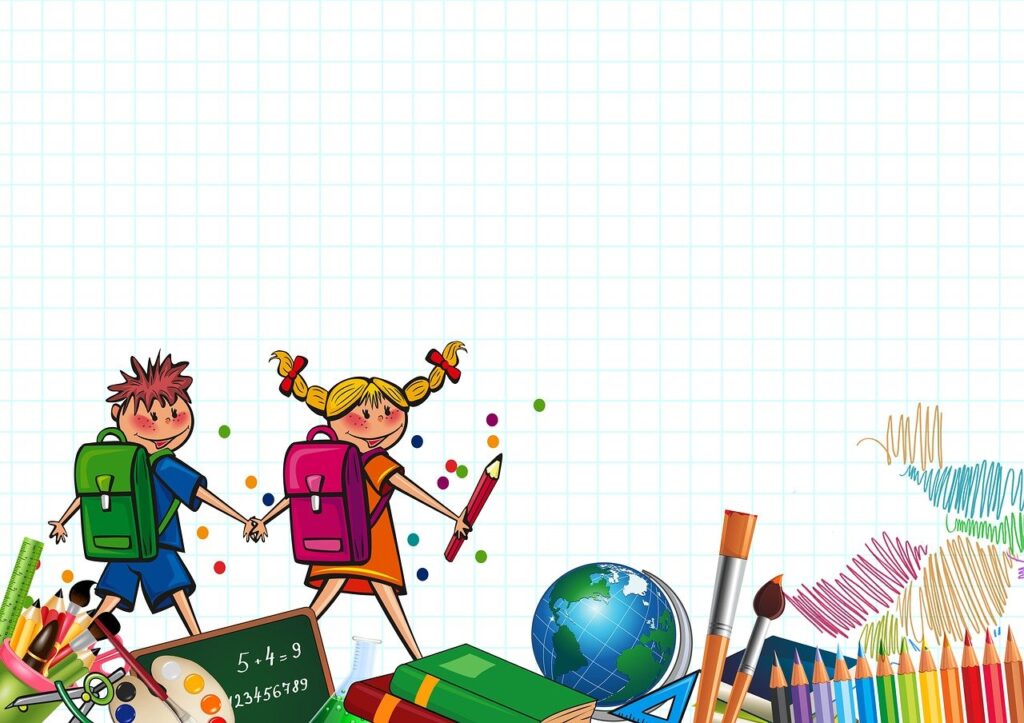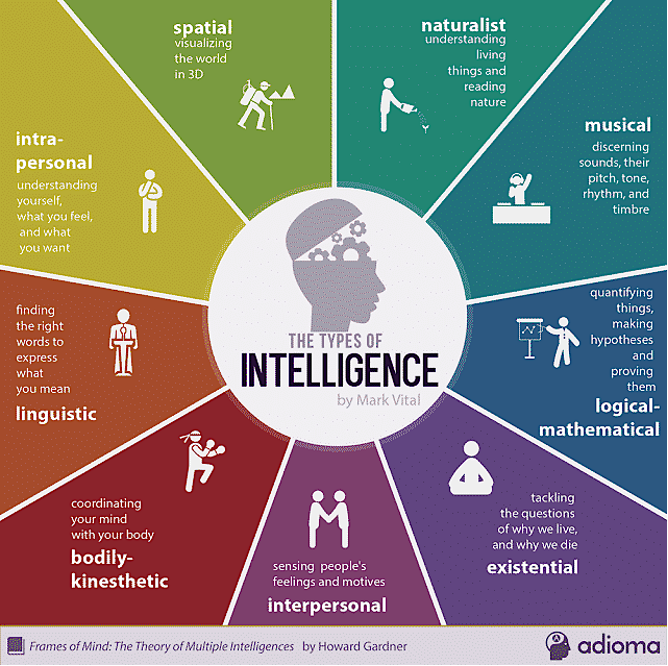
Why Do We Need To Change The Way We Learn?
What is Intelligence?
Every one of us is gifted. But we may be gifted in different ways. But our limited knowledge, biases and conditioning may prevent us from recognising the different ways in which people may be gifted (intelligent).
Conventionally, IQ or Intelligence Quotient, has been the most common measure of intelligence. IQ, measured through paper and pencil test, as a measure of Intelligence was originally developed in France to identify students who may require extra help in studies. Later on, the US Army modified the IQ Test during Second World War and used it as a tool to identify those who could command. Since then, it has remained the most commonly believed and applied measure of Intelligence.
Howard Gardner’s Multiple Intelligence Theory
In 1983, Howard Gardner theorised the existence of multiple (8) intelligences in his book Frames of Mind: The Theory of Multiple Intelligence. Over the years, these have now been expanded to nine (9) types of intelligence, as shown in the figure below:

We are all born with some advantages in one or more of these Intelligence areas. However, during our formative years, our ability (or the ability of our parents and teachers) to identify these advantages and develop them further may result in us excelling in certain areas. For example, many are born high on “Musical Intelligence”; but those who are able to identify this “gift” and work hard to develop it further become great musicians. Similarly, many are born with high on “Kinesthetic Intelligence”; some of those who are able to identify this “gift” and work hard to develop it further become great sportsmen.
It may be mentioned that IQ as a Test measures only 2 of the 9 Intelligence areas – Logical and Linguistic, and most of leadership competency development is focused on developing the following 4 Intelligence areas – Logical, Linguistic, Intrapersonal and Interpersonal.
Multiple Intelligence and Learning
- Multiple Intelligences In The Classroom By Bruce Campbell: One of the articles in “The Learning Revolution” (IC#27) Originally published in Winter 1991 on page 12. Copyright (c)1991, 1996 by Context Institute
- Visible Learning for Teachers: Maximizing Impact on Learning – Hattie J (2011
- Performance Counts: Assessment Systems that Support High – Quality Learning -Darling-Hammond (2010)
- The Differentiated Classroom: Responding to the Needs of All Learners – Tomlinson CA (2014)
Experiential Learning & Learning Games
Experiential Learning is gaining ground fast. These learning techniques aim at combining more than one areas of intelligence in the pedagogy, thereby increasing the opportunity for a larger section of students to learn at similar pace, as different students can use their individual intelligence areas to learn better.
Experiential Games or Learning Games, for the same reason, lend themselves as a medium for effective learning. Learning Games provide an opportunity to weave a story around the Learning Outcomes, overlay the story with immersive visuals (spatial), music (musical), physical activities (kinesthetics), written and audio instructions (linguistic), situations for decision making (analytical), work in teams to achieve the Game objectives (inter-personal) and reflections at the end of the Game play (intra-personal), to promote better learning, not only in children but also in adults. We believe online Learning Games provide immense opportunity to leverage technology and effectively deliver different Learning Outcomes.
